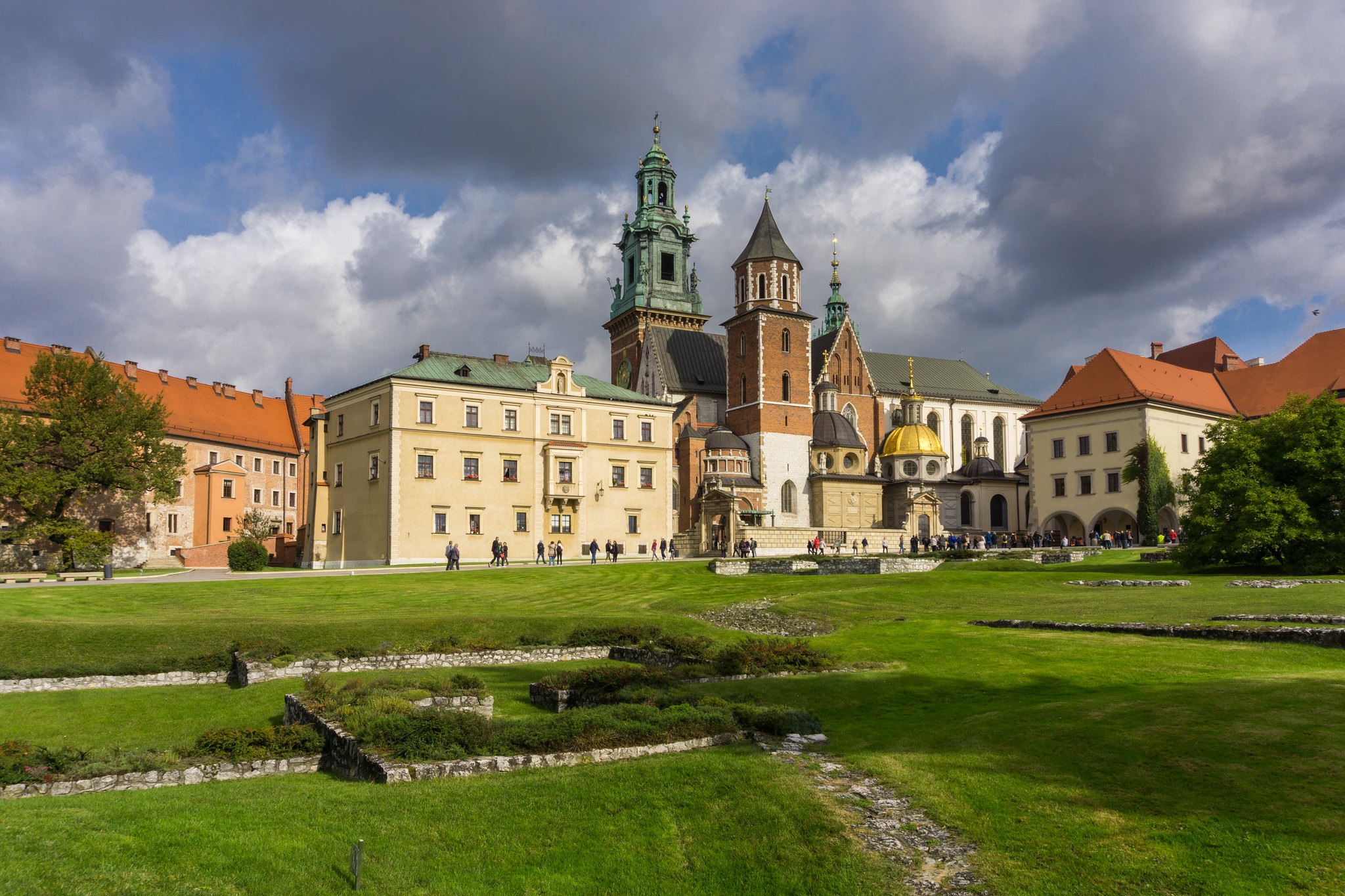As you wander through the grand halls and opulent rooms of Wawel Castle in Krakow, Poland, it’s easy to be captivated by the visible splendor of this historic landmark. However, beneath the surface lies a world of mystery and intrigue that few visitors ever get to experience. The hidden chambers of Wawel Castle hold secrets that have fascinated historians and tourists alike for centuries.
One of the most intriguing aspects of these hidden chambers is the legend of the Wawel chakra. According to local lore, Wawel Hill is one of the world’s seven energy centers, and the castle sits atop a powerful source of spiritual energy. While this may sound like a fanciful tale, many visitors claim to feel a strange sensation when exploring the underground passages, as if they’re tapping into an ancient and mystical force.
Venturing deeper into the castle’s hidden recesses, you’ll find yourself in the Dragon’s Den, a limestone cave that’s steeped in legend. The story goes that a fearsome dragon once lived here, terrorizing the local population until a clever cobbler’s apprentice outsmarted the beast. Today, visitors can descend a spiral staircase to explore this atmospheric cavern, imagining the tales of bravery and cunning that have echoed through its walls for generations.
But the Dragon’s Den is just the beginning of Wawel’s subterranean wonders. The castle’s extensive network of underground tunnels and chambers has long been the subject of speculation and rumor. Some believe that these passages were used as escape routes for the royal family during times of danger, while others suggest they may have been used for more clandestine purposes, such as secret meetings or even as hiding places for treasure.
One of the most tantalizing mysteries surrounding Wawel’s hidden chambers is the rumored existence of the Amber Room. This legendary chamber, adorned with panels of amber and gold, was originally created for the Prussian King Frederick I in the early 18th century. The room was later gifted to Peter the Great of Russia and eventually installed in the Catherine Palace near St. Petersburg. During World War II, the Nazis looted the Amber Room, and its whereabouts have remained unknown ever since. Some historians believe that the room, or parts of it, may be hidden somewhere within Wawel Castle’s secret chambers.
While the Amber Room remains elusive, there are plenty of other hidden treasures to be found within Wawel’s walls. The castle’s extensive collection of tapestries, for example, includes some pieces that are rarely displayed to the public. These exquisite works of art, woven with intricate details and vibrant colors, offer a glimpse into the opulent lifestyle of Poland’s royal past.
As you explore the hidden chambers of Wawel Castle, it’s impossible not to feel a sense of connection to the countless individuals who have walked these same paths throughout history. From kings and queens to servants and soldiers, each has left their mark on this remarkable place. The whispers of their stories seem to linger in the air, inviting modern-day visitors to unravel the mysteries that still remain.
While not all of Wawel’s hidden chambers are open to the public, guided tours offer the opportunity to explore some of these lesser-known areas. As you descend into the depths of the castle, leaving the bustling tourist crowds behind, you’ll find yourself transported to a world of intrigue and wonder. Whether you’re drawn by the promise of hidden treasures, fascinated by tales of dragons and chakras, or simply curious to see what lies beyond the velvet ropes, the hidden chambers of Wawel Castle offer an unforgettable journey into Poland’s rich and complex history.
Wawel Castle stands as a testament to Poland’s rich history and cultural heritage. This iconic landmark, perched atop Wawel Hill in Kraków, has served as a royal residence, a symbol of Polish national identity, and a repository of art and artifacts for centuries. Its diverse architectural styles, from Romanesque to Renaissance, reflect the various periods of its construction and renovation. Today, Wawel Castle continues to captivate visitors with its stunning interiors, impressive collections, and panoramic views of the city. As a UNESCO World Heritage site, it remains an enduring symbol of Poland’s past glory and present pride, drawing millions of tourists annually and serving as a vital link between the nation’s history and its future.

